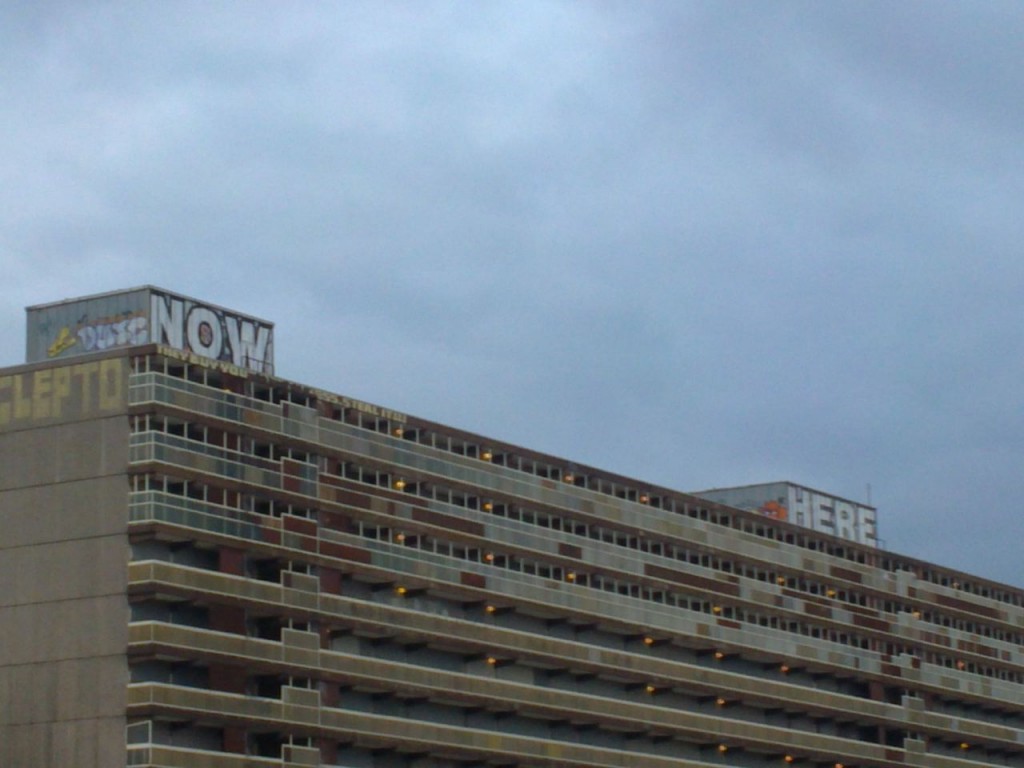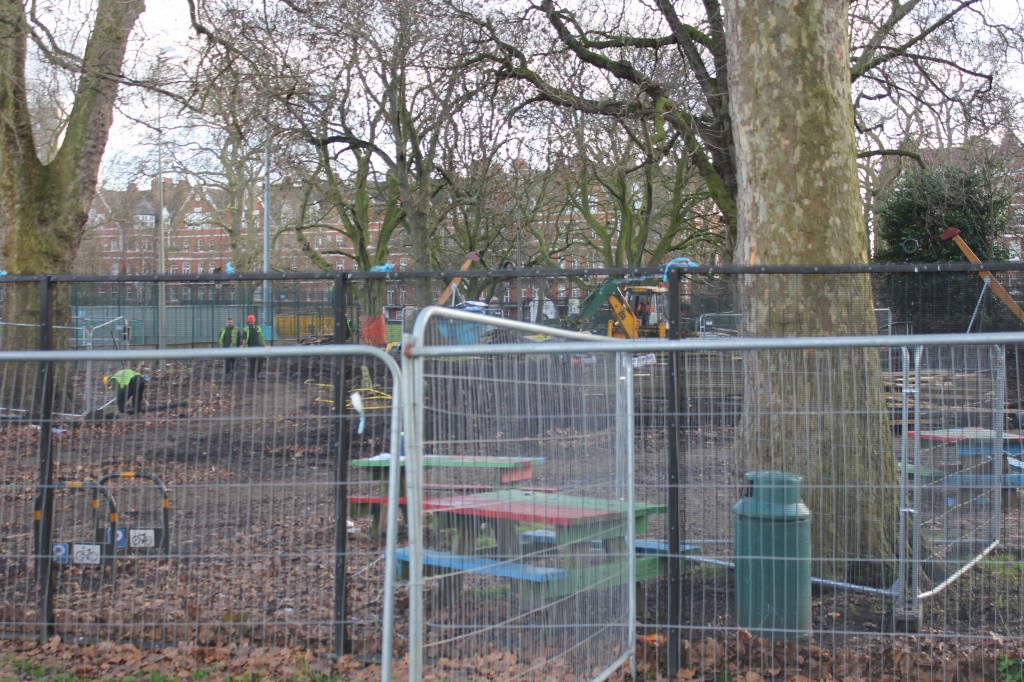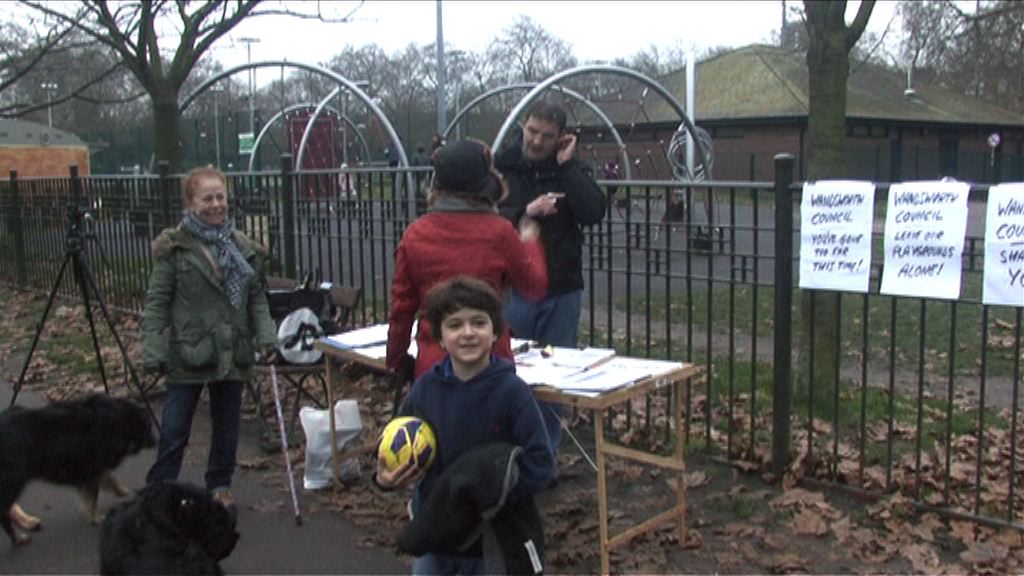Back in 1999-2006 residents of the Silwood Estate, Rotherhithe, were repeatedly promised by Lewisham Council and London & Quadrant (L&Q) that when the estate was “regenerated” their existing and community managed community centre and other facilities would be replaced with a better, purpose built, community centre- later called the Lewington Centre.
The Lewington Centre was built under a section 106 planning gain agreement whereby a developer who is given very favourable terms ( in this case free land ) “compensates” the community. This was already a form of double dipping as Section 106 implies the community is getting something new- not replacing what they have lost.
About 4 years ago, the Lewington Centre opened. From the outset the building was clearly not fit for purpose. The “owner” Tower Homes ( the commercial wing of London & Quadrant ) had insisted on building “affordable” flats for “key workers” (e,g, nurses, teachers) on top of the centre. Which, even after expensive re-working of the acoustics and sound proofing, still make the hall unusable for evening social events. Many key workers work night shifts too. Tower Homes sweetened the greedy inclusion of 25 flats by promising tenants that £25.00 per flat per week would go towards funding the community activities.
This has not happened. Under the Section 106 agreement L&Q must submit publicly available full accounts for the centre every September- they have not done this and we have only been able to access them via a Freedom of Information request. Three years ago L&Q’s own accounts were showing the Lewington Centre was generating a carry forward profit of £120,000. A few years back at what turned out to be the last Community Forum convened by L&Q Paul Nehra, L&Q’s “Community Investment Manager” promised that the money was ring fenced for investment into the centre.
When pushed on why this never happened L&Q claimed though they did collect the £25 p.w. from their hard pressed tenants they “forgot” to pass it on it to the community. Now the profit has “disappeared” completely.
Take a look at the attached files to compare the ‘delayed’ Income and Expenditure accounts. (2008-9 to 2011-12 is the most recent one we received after the Freedom of Information request, pretty different from one another.)
Accounts September 2009
Accounts 2008-9 to 2011-12
Christine Oettinger, chair of PACT (Parents and Children Together), says:
”L&Q needs to explain where the profit is coming from. Because in regards to the community centre alone, the profit from only the residential flats (which is 25 flats above this building) are meant to be used for the running and management of the centre. The building was put together only four years ago. How could it be that within a short period of time the financial model has failed? There is no translucency between how the money is spent and where the money is going. The Community Centre is supposed to be self – sufficient The financial model explains that the income generated from the residential units is to fund the running of the community areas a 100%. Plus – Surplus. So: where has the money gone and how is the money being spent? And: where is the surplus? In some of the agreements that L&Q agreed to, when they accepted the [Section 106] funds, they were there for the community to provide the facilities, to provide a place for children, to provide a place for vulnerable families to go to. That’s not exactly what’s happening now.”
One of the services was a playgroup for parents to bring their under 5s. As opposed to sitting at home this was the place to go take their kids and meet other people .

However, the playgroup for under 5s has now closed, because suddenly Lewisham Council were going to stop funding the workers. The playgroup was there before the regeneration and it was used by people of the community. It is something that has always been funded by Lewisham Council. Residents feel it was just another thing being taken away from them.
Doreen Dower, Secretary of the local Tenants and Residents Association, who is already involved for a long time knows the reason for this:
‘When you have regeneration, the community dies. It was a 40 year old community with people coming and going, but it had still people in there from the beginning. But once that’s gone, you kind of just have to start again. And that is the biggest problem. Now we finally got this letter coming in that says: we need a management committee. But there are no volunteers. We’re still trying to get that off the ground with L&Q. They are supposed to be a non-profit organisation, but it doesn’t seem to work this way.’
This is an ongoing problem for the tenants association as well, trying to get people involved, they cannot afford to pay the rent being charged by L&Q for the room that was purpose built to accommodate them.
“There’s no nursery for the community, it’s all gone. All the things we were promised at the beginning, we would have it in one building. But then the goal post kept shifting and in the end, when I wanted to pull it down, they still hadn’t built it. They also pulled everything else down and then we had nothing.”
Allegedly in breach of their Section 106 agreement L&Q has now sub-let almost the entire centre to the Bede Education Trust, a subsidiary of Morley College.
“The college in the Community Centre also takes up a lot of time and a lot of space. It was built as a Community Centre, not as a college. Therefore some of the things the College are doing, doesn’t fit in. They closed off half of the hall.” adds Doreen.
Recently there have been meetings with residents, centre users and L&Q to discuss the problems but this has been pushed along by Southwark council and tenacious individuals like Christine Oettinger. L&Q say there is going to be a revamp on the finances, so the whole Lewington Centre is not necessarily going to close. There is still hope to get the Under5s Playgroup open again as well. But so far the L&Q response has been to drag its feet and, as ever, offer empty promises.
On the Silwood Estate local residents have lost a vital community life through the physical regeneration of the estate. A community that used to run and manage their own facilities has, in Spectacle’s opinion, been systematically dis-empowered.
We wonder how things are at other L&Q run community facilities. Anyone know?
Click Silwood Video Group for more blogs
See our Silwood Video Group project pages for more information and videos.
Support our work by ordering Silwood related books, maps, dvds and prints from Spectacle’s shop.
Spectacle homepage
Like Spectacle Documentaries on Facebook
Follow SpectacleMedia on Twitter
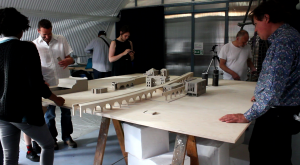 As explained on the Peckham Vision website “The Station Gateway site is a complex one with commercial buildings nestled amongst railway buildings, viaducts and arches. The site is divided into properties with addresses on Rye Lane, Holly Grove, Blenheim Grove, Station Way, Dovedale Court, and Blenheim Court. So we created a site map showing exactly where these places are and how they related to the plans for total clearance that we were beginning to hear about. This aid to discussion proved invaluable as during 2013 we took two deputations to the Cabinet, attended a Scrutiny Committee, and took part in many community fairs, events and meetings, and discussion about the issues raised by the plans. Then Network Rail published their proposals to clear the site and redevelop it completely. To be able to have clear discussions, local people needed to have a model of the existing buildings and their layout on the site and also the areas around the site. We had suggested to the Council during the consultations last winter that a model would be very useful for this purpose. But the Council turned down the idea as too expensive. So Peckham Vision decided to ask local people on our networks if they would be interested in making a model with us for use in the planning discussions. Many people responded enthusiastically, and over 30 are now taking part in our model making group under the expert guidance of local architects Benedict O’Looney and Clyde Watson from Peckham Vision. Local organisations supporting the project are the Peckham Society, Whitten Timber and Complete Fabrication, Khan’s Bargain Ltd. We acknowledge with much thanks their support for this community project. The model is at a scale of 1:100 and is slowly taking shape building by building. It should be ready for use in a few weeks.”
As explained on the Peckham Vision website “The Station Gateway site is a complex one with commercial buildings nestled amongst railway buildings, viaducts and arches. The site is divided into properties with addresses on Rye Lane, Holly Grove, Blenheim Grove, Station Way, Dovedale Court, and Blenheim Court. So we created a site map showing exactly where these places are and how they related to the plans for total clearance that we were beginning to hear about. This aid to discussion proved invaluable as during 2013 we took two deputations to the Cabinet, attended a Scrutiny Committee, and took part in many community fairs, events and meetings, and discussion about the issues raised by the plans. Then Network Rail published their proposals to clear the site and redevelop it completely. To be able to have clear discussions, local people needed to have a model of the existing buildings and their layout on the site and also the areas around the site. We had suggested to the Council during the consultations last winter that a model would be very useful for this purpose. But the Council turned down the idea as too expensive. So Peckham Vision decided to ask local people on our networks if they would be interested in making a model with us for use in the planning discussions. Many people responded enthusiastically, and over 30 are now taking part in our model making group under the expert guidance of local architects Benedict O’Looney and Clyde Watson from Peckham Vision. Local organisations supporting the project are the Peckham Society, Whitten Timber and Complete Fabrication, Khan’s Bargain Ltd. We acknowledge with much thanks their support for this community project. The model is at a scale of 1:100 and is slowly taking shape building by building. It should be ready for use in a few weeks.”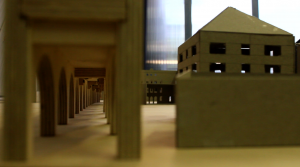 Read the Guardian City article by Matthew Ponsford: Could ‘co-design’ help Peckham where community consultation failed?
Read the Guardian City article by Matthew Ponsford: Could ‘co-design’ help Peckham where community consultation failed?
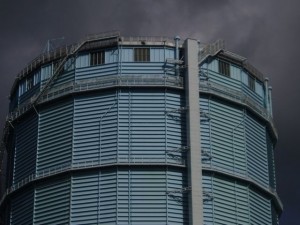

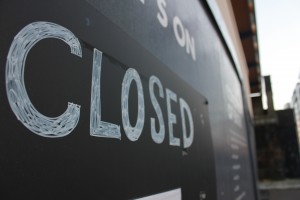
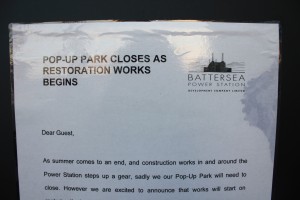 In a new sign hanging on the now closed door, the developers claim the reason why they are shutting access to the park is related to the beginning of restoration works of the Power Station. In fact phase 1, which has barely started, is the building of monstrous flats in the slither of land along the rail track, forever obscuring the wonderful views from the west. “Restoration” (or desecration depending on your view of art deco architecture) of the
In a new sign hanging on the now closed door, the developers claim the reason why they are shutting access to the park is related to the beginning of restoration works of the Power Station. In fact phase 1, which has barely started, is the building of monstrous flats in the slither of land along the rail track, forever obscuring the wonderful views from the west. “Restoration” (or desecration depending on your view of art deco architecture) of the 
